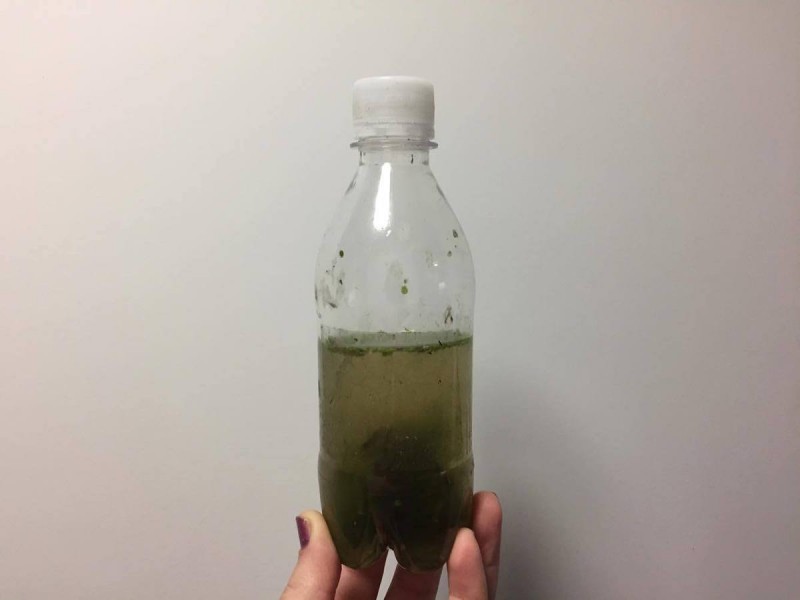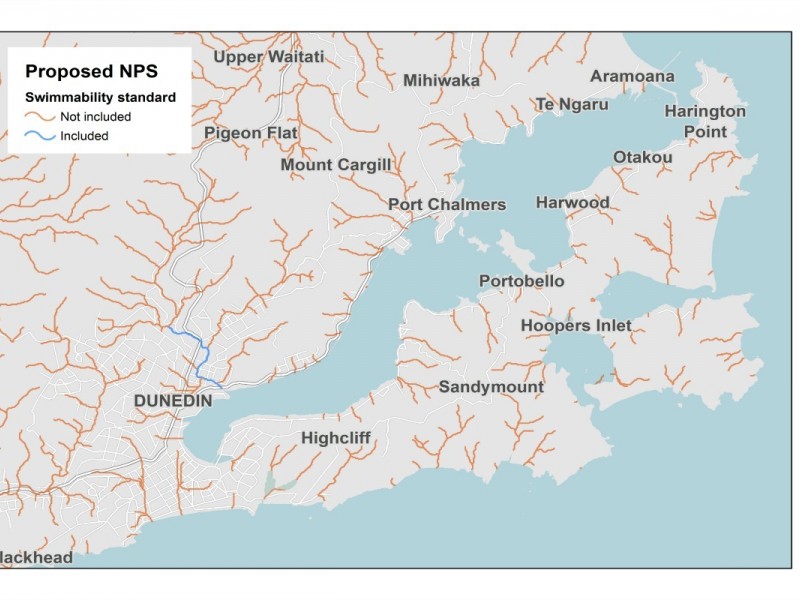The future is pending for 100% Pure
Share
For a decade, Mathew McHugh has stood in New Zealand’s rivers and watched our freshwater quality decline.
McHugh says it's contrary to what's shown in our 100% Pure New Zealand advertisements.
He owns and runs an English travel agency business that sends large numbers of fly fishers to New Zealand each year. He’s been coming here since 2007, because he tells me our country offers the best wild trout fishing in the world.
But McHugh has noticed a deterioration in our rivers and streams, bringing with it concerns for his future generation of clients.
He says New Zealand marketing itself to tourists with our 100% Pure brand is still relevant in terms of our natural beauty. However, for tourists that come here to use our water resources, he doesn't think the branding is giving an accurate reflection on what's happening on the ground.
“There’s rivers we used to fish that now run dry, there’s no water in them.”
If the decline in our water quality and water levels continue at this rate, McHugh says our rivers will reach a point where they dry out completely, taking with it our freshwater fish and his popular New Zealand fishing tours.
Environmental spokesperson for the Greens Eugenie Sage agrees with McHugh’s comments on our branding. She says protected sites such as Mitre Peak at Milford Sound meet the standard, but it is the environment that isn’t protected, such as the highly polluted rivers in South Canterbury that run dry in summer, that don’t meet the image.

Landscape Architect and environmentalist Di Lucas says we're not entirely pure and we're not entirely green, but we’re more that way than the other. Lucas says if you look at world terms, one-third of our country is protected and managed for conservation.
She notes the water branding is a bit of spin. “I think [the branding] is aspirational. It’s fair if we are trying to work towards it – but the government isn’t trying to work towards it. It’s a bit hands off in that regard.”
Environment Minister Nick Smith was unable to comment.
See more from Eugenie Sage and Di Lucas in a television story here:
Even since 2015, our world terms have slipped. 2017’s biennial Travel and Tourism competitiveness index shows New Zealand ranks 19th out of 136 for environmental sustainability - falling nine places in just two years - coming in behind Rwanda.
We slot in at 135th for percentage of threatened species, and 91st for percentage of forest cover change. Our saving grace? We are second for our industry development of travel and tourism and for our low amount of particle pollution.
A 2016 submission to the Ministry for the Environment expresses 2300 individual concerns about our declining freshwater quality. McHugh is among them. Worries about how our 100% Pure branding will fear if the decline continues is a common theme.
One says that failure to protect our waters is failure to protect our strong and unique branding. She wonders how we tell tourists we are 100% pure, yet our rivers will make them sick. Another says he hears too many tourists laughing at our 100% Pure image, and when tourists arrive they see that it is a farce. Many New Zealander’s write that our branding image is now nothing but a joke.
The Ministry for the Environment did not want to comment on the submission.

Sage backs these reservations that tourists are starting to notice our declining conservation. If we don’t give visitors the 100% Pure image, she says visitors will think they’ve been sold a sham.
She tells me they’re walking through our forests and not hearing birds because of the impact of predators, and she stresses visitors with any conservation knowledge are realising we're not living up to the image.
Associate Minister of Tourism and Conservation Nicky Wagner chose not to respond to Sage’s comments.
However, these concerns don’t appear to be shared by the bulk of our tourists, according to Tourism New Zealand’s General Manager Deborah Gray.
The international visitors survey asks tourists about visitor satisfaction when they leave, including how they feel about our built and natural environment. Meeting expectations starts at 9, and visitor satisfaction for our built and natural environment sits at 9.1 out of 10. Gray's confident our environment delivers on how it is marketed.
In response to our declining conservation statistics, she says, “the campaign is not about marketing our environmental credentials,” although says landscape and scenery are a core part of the campaign.
She doesn’t have a view on former Tourism Minister John Key’s statement that the 100% Pure slogan should be taken with a grain of salt.
Christchurch Canterbury Tourism’s Chief Executive Vic Allen agrees tourists leave our country happy, but he's more open to discussing the environmental issues that are pressuring our country and our industries that rely on it.
He says Christchurch successfully sells itself as a gateway to the wide open spaces and all things crisp, green and clean. “It’s only when you look very closely [you see the infractions]. If you drive out to Akaroa, you pass Lake Forsyth, and we know that’s in dreadful condition. But by and large you don’t notice that. It still looks nice.”
Allen says New Zealander’s are our own toughest judges and doesn’t believe there is any room for tourists to feel scammed, but admits we have environmental issues that need to be addressed for the sake of tourism and our country.
See an extended interview with Vic Allen here:
The importance of New Zealand’s tourism industry is still on the rise - for the year ending in March 2016, overseas visitor arrivals increased more than 10%, international tourism expenditure in New Zealand increased nearly 20% to $14.5 billion, and 7.5% of New Zealand employees are now employed directly in tourism.
The 100% Pure branding is now incorporated in our primary and food growing sectors, such as our dairy industry. Sage states these industries “rely on that image, and we need to make it real."
In a speech at Lincoln University last August, Environment Minister Nick Smith admitted New Zealand has challenges with water quality, but he cautioned “those who exaggerate the problem at the expense of New Zealand’s reputation."
National has since released the Clean Water package, which includes the target of 90% of our monitored rivers and lakes being swimmable by 2040. Smith says achieving that goal makes us a world leader in water quality standards for swimming, important for New Zealand’s growing tourism industry.
Forest and Bird are quick to point out that under the standard, only 10% of New Zealand’s rivers and streams are covered by the new proposal.



See what rivers are covered and what aren't for your region here.
What is the future of New Zealand’s natural environment if nothing changes in time? McHugh says he’d hate to think about it. He hopes there’s some common sense.
Discussing our environment, Allen tells me, “we’ve taken it for granted for so long, we’ve forgotten how to look after it."
McHugh’s New Zealand fly fishing tours will be severely impacted if our rivers continue not meeting our 100% Pure standard. If the decline continues, he'll have less business to take to New Zealand and will have to look at sending his customers to Chile or Argentina instead.
He hopes a country that brands itself as 100% Pure will not let it come to that.
Share
